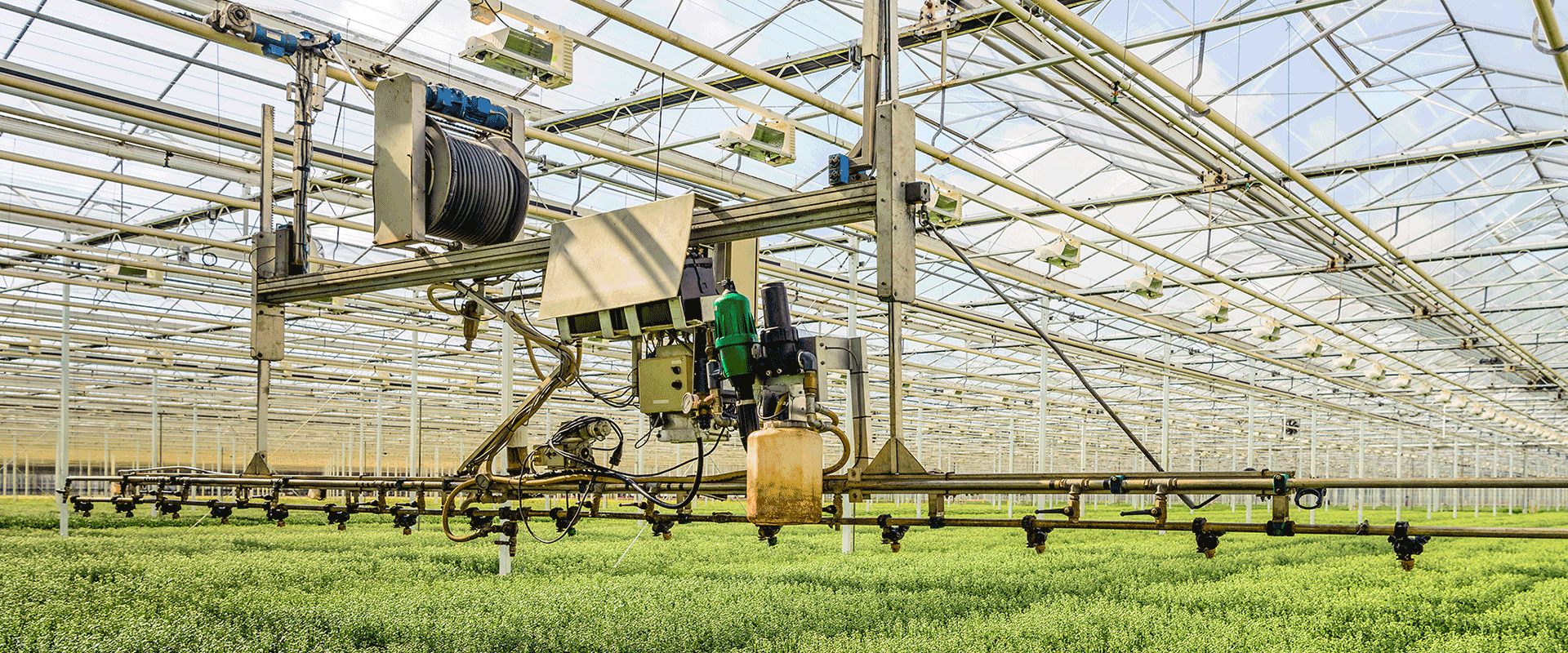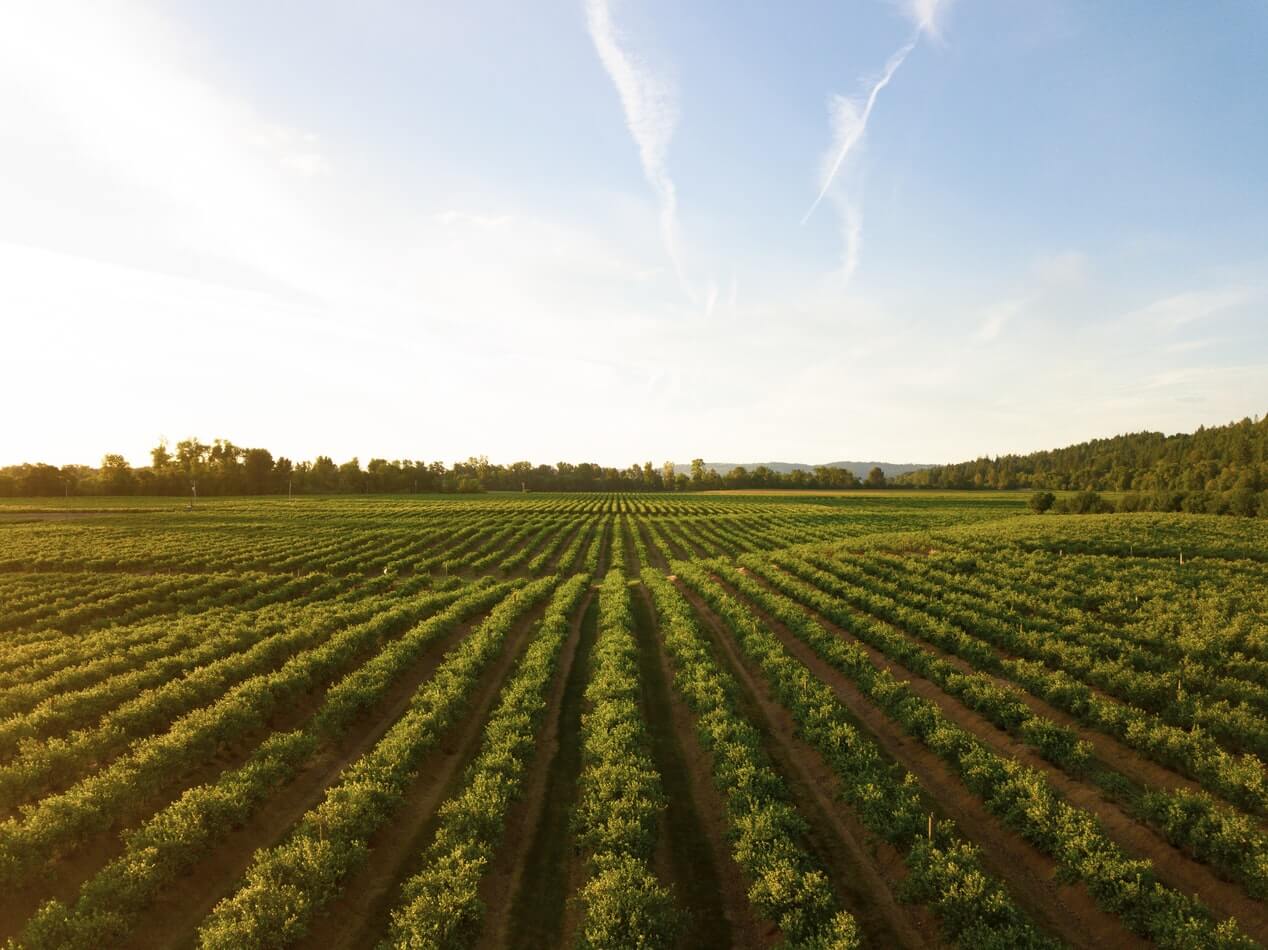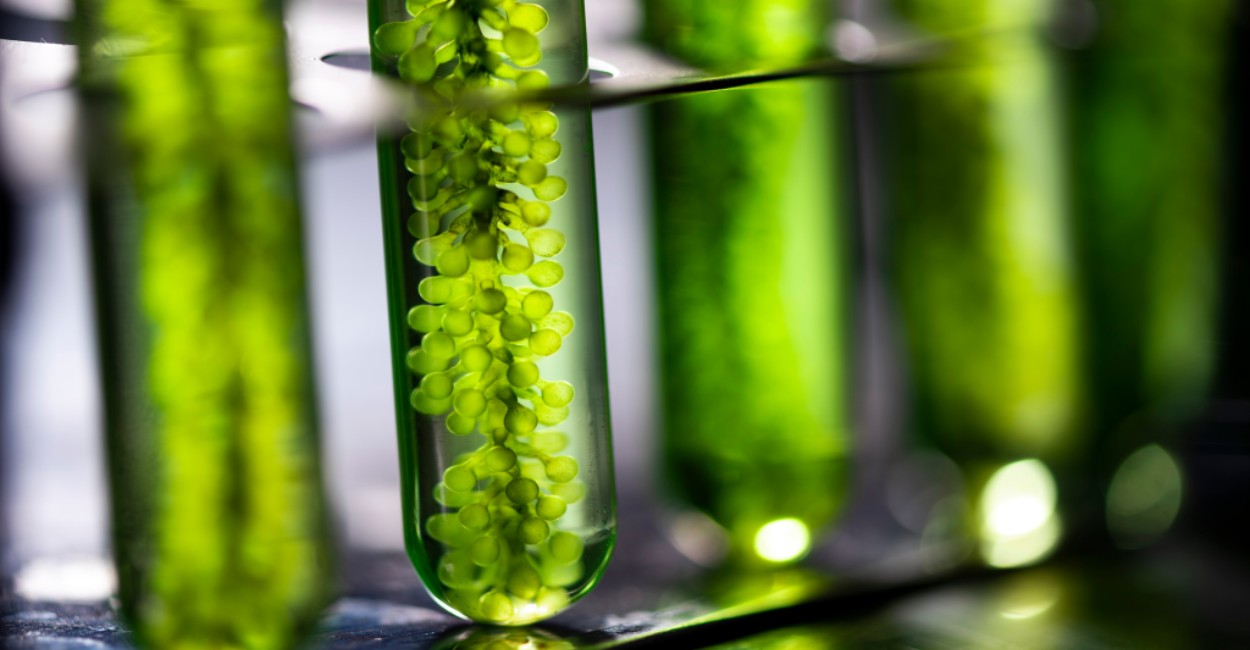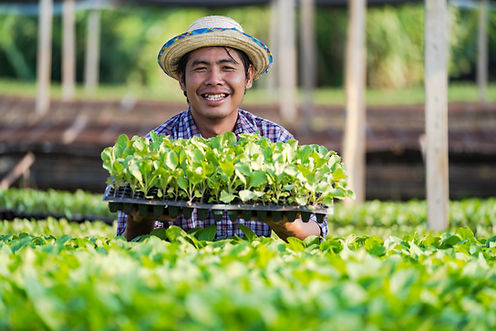As the global population continues to grow, food security has emerged as one of the most pressing challenges of our time. By 2050, the world’s population is expected to reach nearly 10 billion, increasing the demand for food by 50%. Traditional farming methods alone may not be enough to meet this growing need, especially in the face of climate change, resource scarcity, and urbanization. In response, controlled environment agriculture (CEA) is revolutionizing how we grow food by providing innovative, sustainable solutions that improve crop productivity and resource efficiency.
CEA refers to a range of farming systems where environmental conditions such as temperature, humidity, light, and nutrient levels are precisely controlled to optimize plant growth. This approach includes various methods such as hydroponics, aeroponics, aquaponics, and vertical farming, all of which allow for year-round crop production in a variety of settings, including urban areas.
This article explores the critical role of CEA in enhancing food security, its advantages over traditional farming, and how innovations in this field, led by companies like Pure Future LLC, are shaping the future of agriculture.
The Growing Threat to Global Food Security
Food security is defined as the availability of sufficient, safe, and nutritious food to meet the dietary needs of a population. However, several factors are increasingly threatening food security around the world:
Climate Change: Rising global temperatures, unpredictable weather patterns, and extreme weather events such as droughts and floods are disrupting agricultural production. These changes reduce crop yields, threaten livestock, and lead to soil degradation.
Urbanization: The rapid growth of cities is placing immense pressure on arable land, reducing the space available for traditional farming. Additionally, urbanization is leading to the fragmentation of rural agricultural landscapes, making it more difficult to grow food in proximity to urban populations.
Resource Scarcity: Water shortages and the depletion of natural resources such as arable land and essential nutrients are major challenges to food production. Traditional agriculture is heavily dependent on water, and with global freshwater resources under strain, farmers are struggling to maintain crop yields.
Population Growth: As the world’s population grows, so does the demand for food. Meeting this demand requires increasing agricultural productivity while minimizing environmental impact—a difficult balance to achieve with conventional farming methods.
Controlled environment agriculture addresses these challenges by offering a sustainable way to grow food in controlled settings that are not as vulnerable to environmental fluctuations or resource scarcity.
What is Controlled Environment Agriculture (CEA)?
CEA is a highly advanced agricultural system that provides an optimized environment for plant growth. Unlike traditional farming, which relies on natural weather patterns and outdoor conditions, CEA systems allow farmers to control every aspect of the growing environment, including:
- Temperature: Keeping crops within an optimal temperature range.
- Humidity: Controlling moisture levels in the air to support plant growth.
- Light: Using artificial lighting, such as LED lights, to provide the ideal amount of light for photosynthesis.
- Nutrients: Delivering nutrients directly to the plants through water or air, rather than relying on soil.
- CO2 Levels: Increasing CO2 concentrations in controlled environments to enhance photosynthesis.
These controlled conditions lead to more efficient plant growth, higher yields, and the ability to produce crops year-round, regardless of external weather conditions.
Key Innovations in CEA
CEA encompasses several innovative farming techniques that are helping to improve food security by optimizing resource use and increasing crop yields. Some of the most notable innovations include:
- Hydroponics
Hydroponics is a method of growing plants without soil, using nutrient-rich water to deliver essential minerals directly to plant roots. This system allows for precise control over nutrient levels, leading to faster plant growth and higher yields. Hydroponic systems can be implemented in greenhouses, vertical farms, and even small-scale urban gardens.
Hydroponics also reduces water usage by recycling water within the system, making it a more sustainable option for regions facing water scarcity. By eliminating the need for soil, hydroponic systems can be set up in areas with poor or contaminated soils, further expanding the potential for food production.
- Aeroponics
Aeroponics takes the concept of soil-less farming a step further by growing plants in an air or mist environment. In aeroponic systems, plant roots are suspended in the air and sprayed with a nutrient-rich mist, providing them with the water and nutrients they need to grow.
Aeroponics is highly efficient, using up to 90% less water than traditional farming methods. The system also requires less space and can produce crops faster than conventional methods, making it ideal for urban agriculture and vertical farming setups.
- Aquaponics
Aquaponics is a combination of aquaculture (raising fish) and hydroponics. In an aquaponic system, fish waste provides nutrients for plants, while the plants help filter and clean the water for the fish. This creates a closed-loop system that is highly sustainable and resource-efficient.
Aquaponics systems produce both fish and plants, making them a highly productive and diverse form of controlled environment agriculture. They are particularly well-suited for areas with limited access to freshwater, as the system recycles water between the fish and plants.
- Vertical Farming
Vertical farming is the practice of growing crops in vertically stacked layers or shelves, often in urban environments. This method maximizes space efficiency and allows for the cultivation of a wide variety of crops in a small footprint. Vertical farms often use hydroponic or aeroponic systems and are housed in indoor facilities where environmental conditions can be precisely controlled.
By growing food vertically, farmers can produce more food per square meter than traditional farming, making vertical farming a key innovation for addressing food security in densely populated cities.
- Automation and Artificial Intelligence (AI)
Automation and AI are playing an increasingly important role in controlled environment agriculture. Automated systems can monitor and adjust environmental conditions in real-time, ensuring that crops receive the ideal amount of water, nutrients, and light. AI can also be used to predict crop growth patterns, optimize resource use, and detect potential issues such as disease or nutrient deficiencies.
By incorporating automation and AI into CEA systems, farmers can reduce labor costs, increase efficiency, and improve crop yields.
Advantages of Controlled Environment Agriculture
CEA offers several key advantages over traditional farming methods, making it a promising solution for enhancing food security:
- Year-Round Crop Production
Because CEA systems are not dependent on seasonal weather patterns, they allow for the continuous production of crops year-round. This is particularly important for regions with short growing seasons or extreme weather conditions that limit the ability to grow food outdoors.
- Resource Efficiency
CEA systems use water, nutrients, and energy more efficiently than traditional farming methods. For example, hydroponic and aeroponic systems recycle water, reducing the amount of water needed for irrigation. Vertical farming reduces the need for arable land, making it possible to grow food in urban areas where space is limited.
- Reduced Environmental Impact
By using less water, energy, and land, CEA systems have a smaller environmental footprint than conventional agriculture. Additionally, because CEA systems are often housed indoors, they can protect crops from pests and diseases, reducing the need for chemical pesticides and herbicides.
- Higher Yields and Crop Quality
Controlled environment agriculture enables farmers to optimize growing conditions for maximum crop yield and quality. By precisely controlling factors such as light, temperature, and nutrient levels, CEA systems can produce higher yields per square meter than traditional farming methods.
- Adaptability to Urban Areas
CEA systems, particularly vertical farming and indoor hydroponics, can be implemented in urban areas, bringing food production closer to consumers. This reduces the need for transportation, lowering carbon emissions and ensuring that fresh, locally-grown produce is available year-round.
The Role of Pure Future LLC in CEA
Pure Future LLC is at the forefront of controlled environment agriculture technologies, offering cutting-edge solutions that help farmers optimize crop production and resource use. Their advanced agriculture technology systems include vertical farming setups, hydroponics, and automation tools designed to enhance food security and sustainability.
Pure Future’s systems allow farmers to produce high-quality, nutrient-dense crops using minimal resources, making them an ideal solution for addressing global food security challenges. By promoting the adoption of CEA technologies, Pure Future is helping to create a more resilient and sustainable global food system.
Conclusion
Controlled environment agriculture is emerging as a vital tool in the fight for global food security. By enabling year-round crop production, improving resource efficiency, and reducing the environmental impact of farming, CEA systems offer a sustainable solution to many of the challenges facing traditional agriculture. As innovations in hydroponics, aeroponics, vertical farming, and automation continue to evolve, CEA will play an increasingly important role in feeding a growing population in a changing world.
With companies like Pure Future LLC leading the way, the future of agriculture looks brighter and more sustainable than ever.





